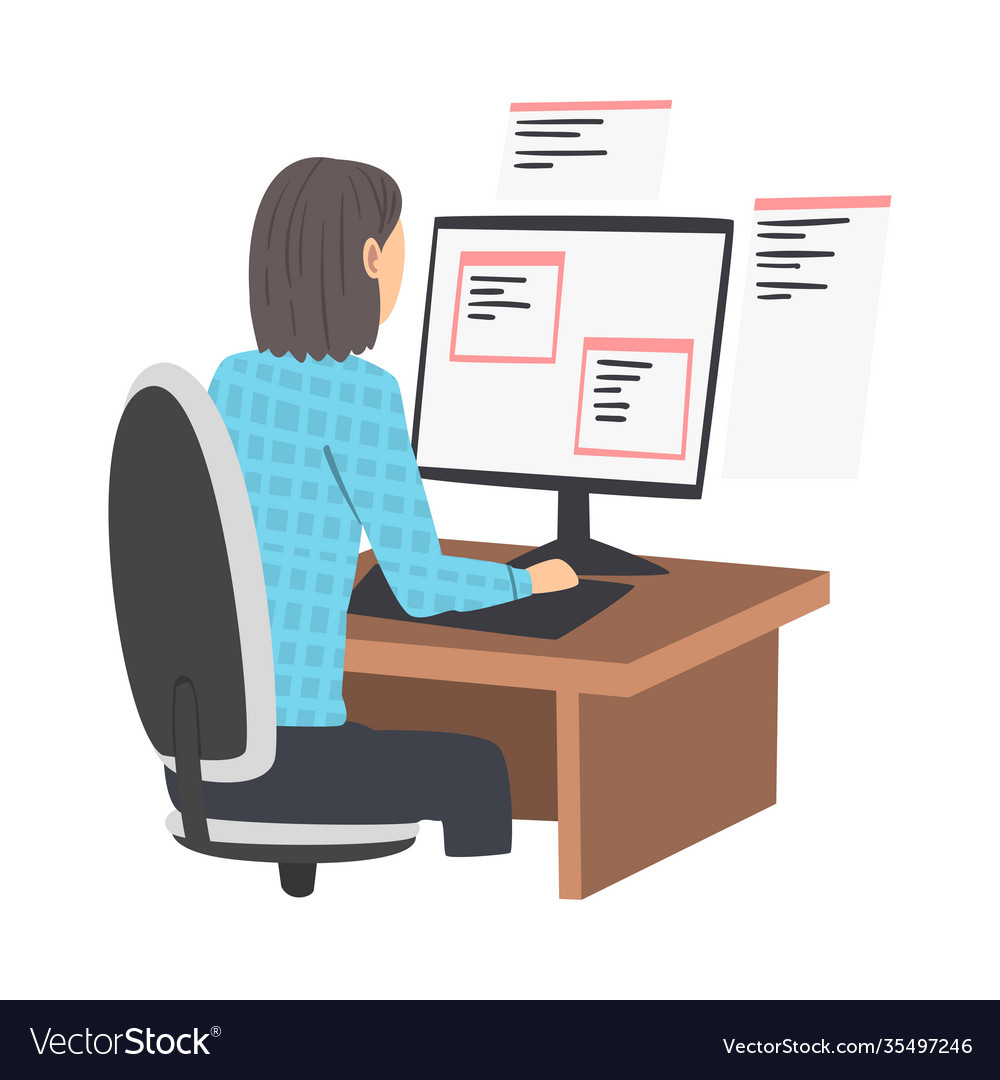Structure Success with a Dedicated Development Team for Your Business Demands
Structure Success with a Dedicated Development Team for Your Business Demands
Blog Article
Dedicated Developers vs. In-House Teams: Which Is Right for You?
The decision between making use of dedicated designers and preserving an internal group is a significant one that can impact the trajectory of your jobs and general company approach. Devoted programmers supply a degree of flexibility and specialized proficiency that can be helpful for particular, temporary efforts. Alternatively, internal groups add to a natural firm culture and a nuanced understanding of long-term goals. By analyzing important variables such as spending plan, task extent, and wanted control, you can much better figure out which technique lines up with your organizational requirements. The effects of this option expand beyond immediate outcomes-- take into consideration the more comprehensive influence on your company landscape.
Recognizing Devoted Programmers
The growing need for specialized abilities in the technology market has actually caused the introduction of specialized developers as a sensible option for lots of companies. These professionals are typically acquired on a project basis, enabling firms to take advantage of details experience without the lasting commitment associated with permanent hires. Committed programmers are usually ingrained within a customer's team, supplying flexibility and scalability to satisfy task needs.
This model permits organizations to access a global skill swimming pool, which is specifically beneficial in a quickly progressing technical landscape. Committed developers can be sourced from numerous geographical locations, making sure that firms can find the ideal ability at affordable rates. They typically bring a wealth of experience and expertise, having serviced diverse projects throughout various industries.
Furthermore, specialized programmers can concentrate solely on the tasks handy, improving efficiency and performance. They are geared up to integrate seamlessly into existing workflows, collaborating closely with internal groups to attain job purposes. This strategy not just lowers the burden of recruitment and training yet also permits companies to continue to be dexterous, adapting rapidly to altering market demands and technological advancements.
Advantages of In-House Teams

Additionally, in-house groups often tend to have a much deeper understanding of the company's goal, values, and goals. This alignment can boost employee interaction and motivation, as staff member really feel much more connected to their work and the company's success. In addition, having a devoted internal group enables far better alignment of purposes and methods, as these members are continually concentrated on the business's concerns.
Internal groups also facilitate quicker decision-making processes, as they can respond extra swiftly to obstacles and adjustments. The well established connections and experience with company procedures permit streamlined workflows and lowered miscommunication. Eventually, the combination of a cohesive culture, placement with business objectives, and efficient interaction makes in-house teams a useful property for many companies, especially those looking to grow long-term growth and advancement.
Cost Factors To Consider
When reviewing cost considerations, both in-house groups and committed programmers existing unique monetary effects for companies. Involving dedicated designers typically entails a pay-per-project or hourly rate model, which can be cost-efficient for companies with varying job needs. This technique permits adaptability in scaling resources up or down, making sure that firms only spend for the solutions they need.
On the other hand, in-house teams entail fixed expenses, consisting of wages, benefits, and overhead costs such as office and tools. While this model supplies better control and instant accessibility of sources, it may bring about higher long-lasting costs, specifically if the work does not validate a full time staff.
Moreover, business should think about the hidden costs related to recruitment and training of in-house workers, which can better stress spending plans. Sometimes, the moment and resources spent on taking care of an in-house group can detract from the company's core company purposes.

Project Monitoring and Adaptability
Task management and versatility are critical factors that influence the option in between devoted developers and in-house teams. Dedicated teams often have actually developed processes for taking care of projects properly, leveraging specific approaches like Agile or Scrum, which assist in repetitive development and flexibility.

Ultimately, the selection in between devoted developers and internal teams pivots on the desired level of flexibility and the details project management demands. Firms must evaluate their operational characteristics, project complexity, and source accessibility to identify which choice straightens ideal with their tactical objectives.
Making the Right Choice
Picking the ideal advancement technique-- dedicated programmers or in-house teams-- calls for a careful analysis of various variables that straighten with a firm's tactical goals. Alternatively, internal groups can give better connection and assimilation with existing personnel.
Following, evaluate your spending plan. Committed programmers often provide a cost-efficient solution for short-term jobs, while internal groups may incur higher long-lasting expenditures as a result of salaries, advantages, and expenses expenses. Assess the level of control and cooperation wanted; in-house teams generally foster more powerful interaction and alignment with business culture.
If prompt results are needed, specialized designers can be onboarded quickly, whereas developing an in-house team takes time for recruitment and training. If constant development is crucial, investing in an in-house group may produce far better returns over time.
Final Thought
In verdict, the choice her explanation in between internal teams and committed programmers pivots on job demands and business objectives. On the other hand, internal teams cultivate a natural society and deeper alignment with long-lasting goals.
The choice in between making use of devoted designers and preserving an internal team is a considerable one that can affect the trajectory of your jobs and general organization approach.Project monitoring and versatility are important my company variables that influence the choice between committed designers and internal teams. nearshore software development.In contrast, internal teams may stand out in preserving a regular task monitoring framework due to their familiarity with the organization's society and lasting goals. Devoted designers typically present an affordable option for temporary projects, while internal groups may sustain higher long-lasting expenses due to wages, benefits, and overhead costs.In conclusion, the decision in between devoted developers and in-house teams hinges on project needs and business purposes
Report this page